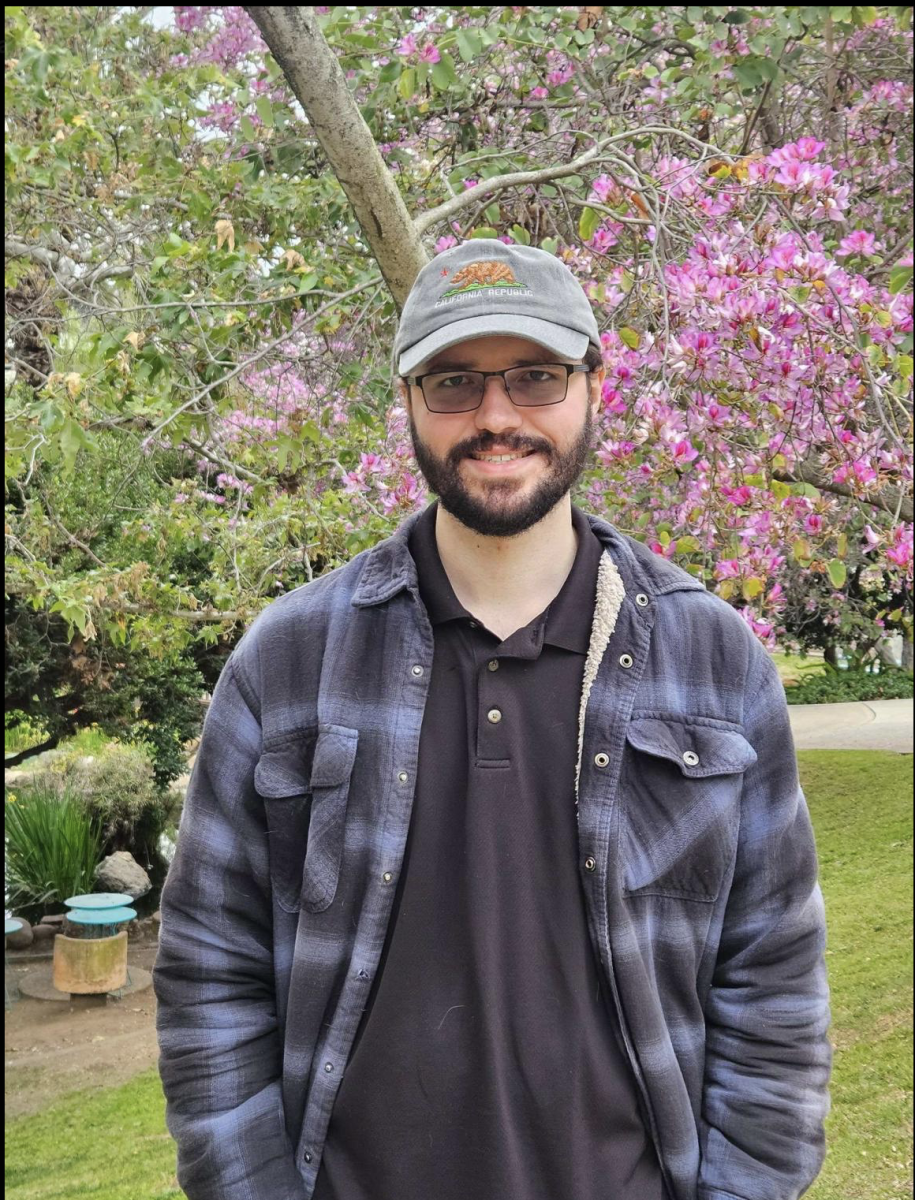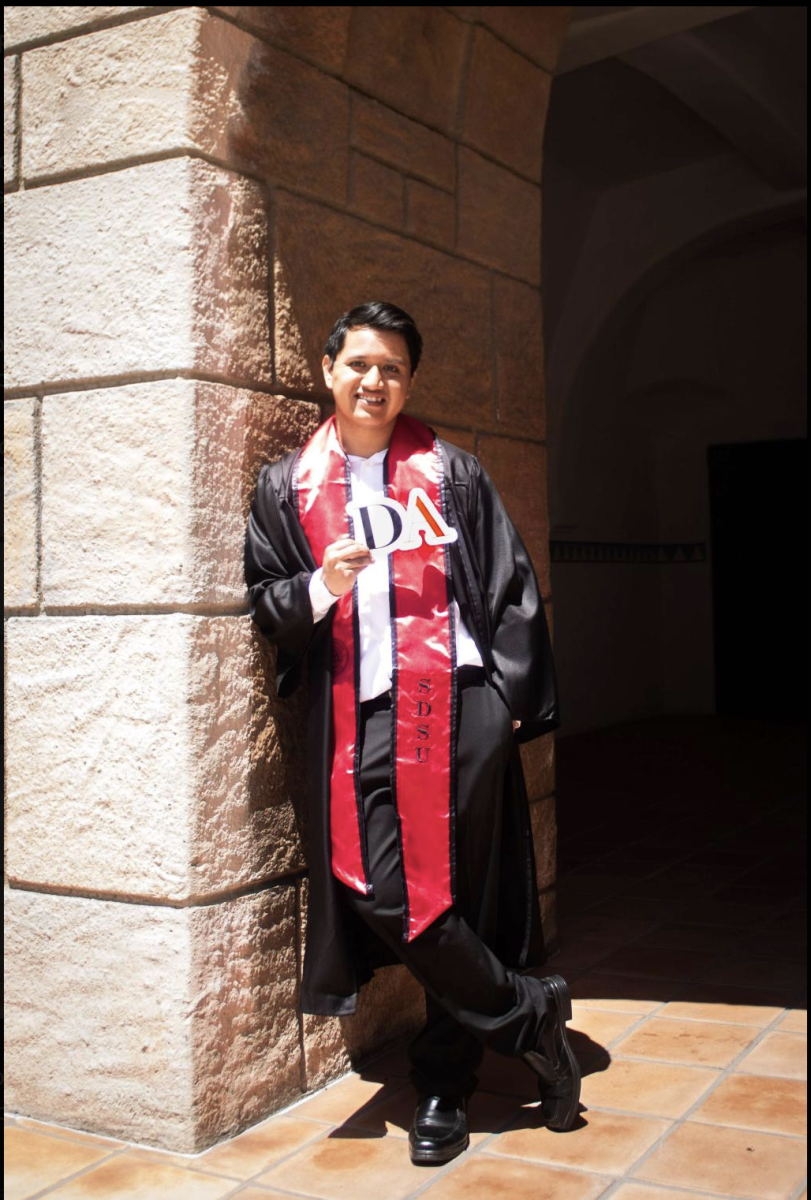Sometimes it takes time for solid reasoning and hard facts to overcome knee-jerk reactions and misconceptions. After originally vetoing plans to open a new Water Purification Demonstration Project, Mayor Jerry Sanders recently kicked off a pilot project to test the safety and financial practicality of treating wastewater for reuse as drinking water.
His initial opposition was on the grounds the innovative concept would be unpopular among San Diegans, deriding it as “toilet-to-tap.” But more recently, a mayoral spokesman said the mayor has decided to “let the science do the talking.” Of course, it’s natural to be slightly skeptical imagining a direct line between your toilet and faucet without understanding the science and mechanics behind the system. So before you reel in revulsion, let’s take a look at the facts.
The experiment will last one year, producing one million gallons of treated water per day. During this time the plant will not distribute water, it will only be closely monitored to test whether the wastewater can be safely and affordably recycled. Water will be piped from toilets, showers and washers in our homes as well as some factories into existing facilities for removal of solid particles and dissolved biological matter. Afterward, it will be transported to the new treatment plant to undergo a complex process of purification including micro-filtration, reverse osmosis and exposure to ultraviolet light.
But why do we need this kind of fancy high-tech project when the city’s budget is in shambles? After all, this season’s above-average rainfall and record snowpack brought us out of the official drought. While that is certainly great news, imagining all of our water woes have now been put to rest and thinking that it’s time to build more golf courses and Vegas-esque water shows is incredibly foolish. On the contrary — water restrictions and conservation efforts must be strengthened through this brief respite.
The San Diego County Water Authority obtains the majority of its water from the controversy-plagued San Joaquin River Delta in Northern California and heavily tapped Colorado River. Another 10 percent now comes from the Imperial Valley Irrigation District Transfer, essentially an arrangement where farmers in Imperial Valley are paid to give us their water instead of growing food. Pressure on these distant sources will only increase as population growth and climate change continue their inexorable rise. Only about 10 percent of our water currently comes from local or recycled sources, yet the SDCWA’s diversification goals for 2020 show a much larger role for these more sustainable and reliable sources.
If San Diego hopes to move toward a consistent supply we can control, the quickest results will come from doing more with what we already have. Recycling and small-scale projects are less expensive and safer than huge projects such as desalination plants and new canals. The much-ridiculed “toilet-to-tap” system is exactly the type of closing-the-loop initiative that will allow San Diego to attain long-term viability as a major population center.
One valid concern is that high-tech facilities such as the Water Purification Demonstration Project will be expensive in comparison to the traditional method of finding new distant water sources to exploit. But the price of these sources is skyrocketing; demand is dramatically increasing from urban and agricultural users desperate to provide water and food for burgeoning populations in the midst of climate change’s effects on supply. Most importantly, this investment — if the pilot project goes well — could be part of a realistic long-term solution rather than just a fancy stopgap. Recycling wastewater into drinking water is the most dramatic symbol of a shift toward reclaiming one of our most vital life-support systems and gaining control of our own welfare.
—Randy Wilde is an ISCOR senior.
—The views expressed in this column do not necessarily reflect the opinion of The Daily Aztec.






